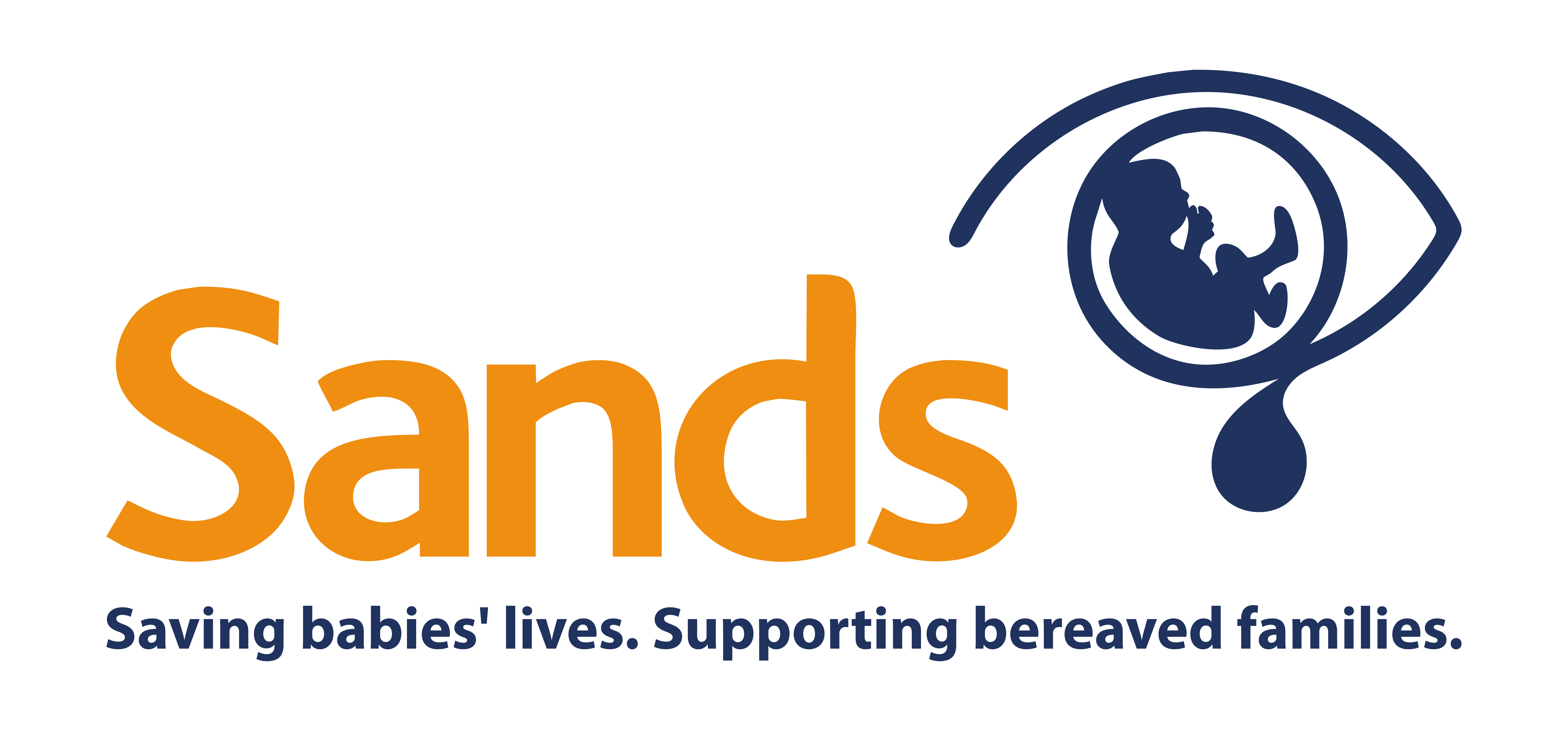The latest MBRRACE-UK report on where and why mothers die in the UK makes for painful reading. It shows a devastating increase of 24% in the rate of mothers dying from the last time this report was written.
We asked our Head of Saving Babies' Lives Team, Charlotte Bevan, for her thoughts on what more needs to be done to ensure that fewer women and babies die.
The MBRRACE-UK report on the 229 women who died in the three years from 2018 to 2021 during pregnancy, birth and in the first six weeks of motherhood, is one we all need to sit up, read and act on. The number of mothers who die may be relatively low, but each death is a personal tragedy that will ripple from generation to generation, and from beyond the family to the wider community.
Most tragically of all, many of these deaths are potentially preventable and are associated with the inequalities that persist in the UK, including a woman’s ethnicity, her pre-existing health condition/s and the postcode in which she lives. The report highlights that only 1 in 5 of the mothers who died had received good care.
Among its stark findings, the report concludes that:
- black and Asian mothers have a higher risk of dying with Asian women being 1.8 times more likely and black women being 3.7 times more likely
- mothers living in the most deprived areas are more than twice as likely to die as women living in the wealthiest areas, with the rates of mothers dying in the most deprived areas continuing to rise over time
- 1 in 9 women who died were at severe and multiple disadvantage, mostly associated with mental health issues, substance use and domestic abuse
- mental health and heart disease are the causes for 1 in 3 deaths of women during pregnancy and up to 6 weeks after birth
- 9 mothers died as a result of Covid-19
- if you take out the impact of Covid-related deaths from the rates, there is still an increase in maternal deaths of 19% from previous reports.
The Government set an ambition in 2017 to halve the rate at which mothers die in England between 2010 and 2025; and yet comparing to the period 2010-12, the rate has risen 8%.
We are not improving the care of women and new mothers, at one of the most vulnerable times in their and their babies’ lives. Whether you advocate for women, deliver or make policy to improve services for women and their babies, we urge you to read this report and act on its recommendations and messages.
If you are pregnant or thinking of becoming pregnant, Sands’ website www.saferpregnancy.org has information for women about things to look out for in pregnancy and when to get support. The black women’s advocacy group FiveXMore, suggests six steps to empowering women to know what care they should expect.
